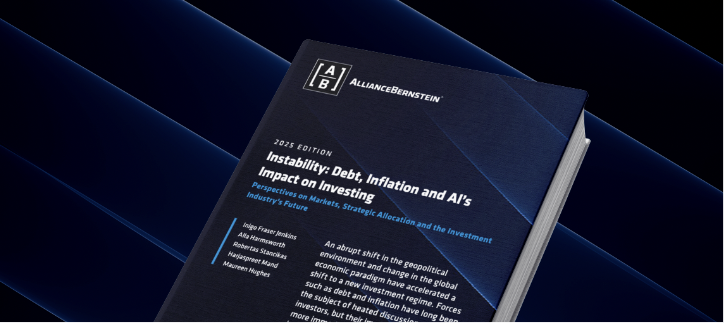The Book 2025 Edition
Instability: Debt, Inflation and AI’s Impact on Investing
Challenges and Responses for Investors
Challenges and Themes for the Road Ahead
Responses for Investors
-
Overweight to equities, as we believe they are the largest real asset if inflation rates are elevated but not unanchored; an overweight to the US in recognition of better earnings potential
-
Significant exposure to other real assets, including inflation-protected securities, real estate and commodities. Gold and potentially cryptocurrencies may also be part of this allocation.
-
Underweight to traditional bonds, given that they could deliver lower real returns and be less effective at diversifying equity in a higher-inflation world
-
A distinct allocation to investment factors, given their potential to enhance overall portfolio returns and diversification
-
A meaningful allocation to private assets for their illiquidity premium and diversification from access to returns streams unavailable in public markets
-
Higher exposure to active strategies with potential to deliver persistent alpha—portable alpha mechanisms offer a potential solution to a mismatch of beta and alpha sources
Read the Research







